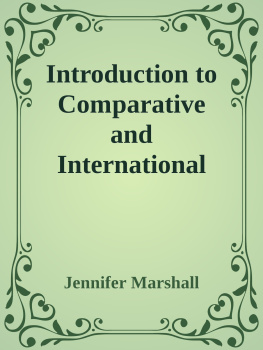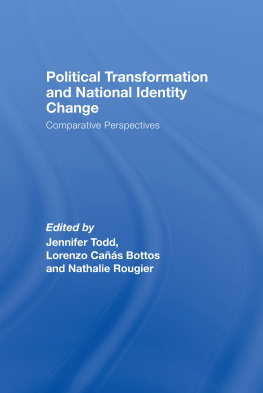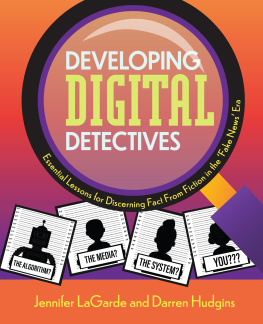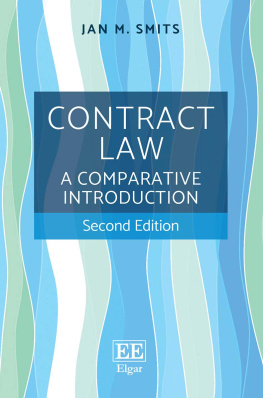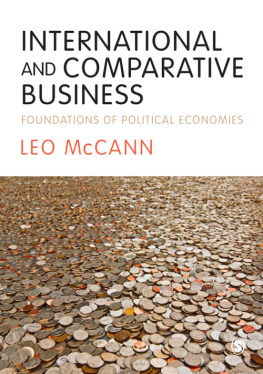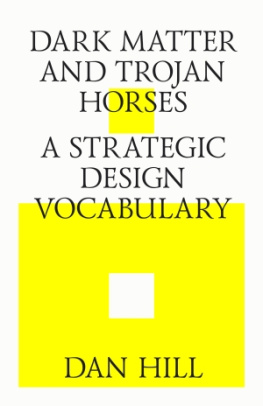Education at SAGE
SAGE is a leading international publisher of journals, books, and electronic media for academic, educational, and professional markets.
Our education publishing includes:
accessible and comprehensive texts for aspiring education professionals and practitioners looking to further their careers through continuing professional development
inspirational advice and guidance for the classroom
authoritative state of the art reference from the leading authors in the field.
Find out more at: www.sagepub.co.uk/education
Jennifer Marshall 2014
First published 2014
Apart from any fair dealing for the purposes of research or private study, or criticism or review, as permitted under the Copyright, Designs and Patents Act, 1988, this publication may be reproduced, stored or transmitted in any form, or by any means, only with the prior permission in writing of the publishers, or in the case of reprographic reproduction, in accordance with the terms of licences issued by the Copyright Licensing Agency. Enquiries concerning reproduction outside those terms should be sent to the publishers.
Library of Congress Control Number: 2014933218
British Library Cataloguing in Publication data
A catalogue record for this book is available from the British Library
ISBN 978-1-4462-7319-7
ISBN 978-1-4462-7320-3 (pbk)
SAGE Publications Ltd
1 Olivers Yard
55 City Road
London EC1Y 1SP
SAGE Publications Inc.
2455 Teller Road
Thousand Oaks, California 91320
SAGE Publications India Pvt Ltd
B 1/I 1 Mohan Cooperative Industrial Area
Mathura Road
New Delhi 110 044
SAGE Publications Asia-Pacific Pte Ltd
3 Church Street
#10-04 Samsung Hub
Singapore 049483
Editor: James Clark
Assistant editor: Rachael Plant
Production editor: Nicola Marshall
Copyeditor: Sarah Bury
Proofreader: Caroline Stock
Marketing manager: Catherine Slinn
Cover design: Jennifer Crisp
Typeset by: C&M Digitals (P) Ltd, Chennai, India
Printed in India at Replika Press Pvt Ltd
At SAGE we take sustainability seriously. Most of our products are printed in the UK using FSC papers and boards. When we print overseas we ensure sustainable papers are used as measured by the Egmont grading system. We undertake an annual audit to monitor our sustainability.
CONTENTS
LIST OF TABLES AND FIGURES
Tables
Figures
ABOUT THE AUTHOR
Jennifer Marshall is a senior lecturer at the University of Derby and has worked in a variety of educational contexts for over 20 years. She has taught in secondary schools in the USA and Japan as well as teaching English as a foreign language to children and adults in Poland. She worked for a number of years as an English for Speakers of Other Languages (ESOL) teacher, lecturer and Cambridge examiner in the UK. Working with international students over the years has led to research interests in higher education internationalisation policy and how institutions can meet the needs of international students. Jennifer currently teaches undergraduate modules in Comparative Education, Education and Globalisation and Education and Global Inequality as well as leading the ESOL pathway on the MA in Education at the University.
ACKNOWLEDGEMENTS
I would like to thank Jane Knight for granting me permission to reproduce her table entitled Approaches at the Institutional Level (Knight, 2004). I need to offer a special thanks to my colleague James Chandler, at the University of Derby, who reviewed every single chapter in great detail. His thorough feedback and advice has been invaluable. Also, thanks go to James Clark, commissioning editor at Sage, not only for providing insightful comments on draft chapters but also for believing in this project from the very start. To my friend, Joss Stewart, who without fail always asked about the progress I was making on the book and, as a consequence, endured endless lectures on educational topics. Lastly, to my wonderful family: Andy, Ellie, Shelby and mom Jane, for giving me the space to write and unwavering love and support to see me through the books completion.
SAGE and the author would also like to thank the following reviewers whose comments helped to shape this book:
John Howlett, Keele University
Paul Miller, Brunel University
Lynne Parmenter, Manchester Metropolitan University
Robin Shields, Bath Spa University
David Thompson, University of Wolverhampton
PREFACE
This book was conceived out of a need to provide my students with an accessible, introductory text on comparative and international education. The aim of the book is to give students a clear overview of what comparative and international education is and to provide them with an accessible framework so that they are able to undertake their own comparative education research using secondary sources. The book is divided into two parts.
The first part explores how to make comparisons in education with particular attention to social, economic, cultural, political and historical contexts. It also evaluates the use of educational statistics, discussing important international surveys such as PISA and looking at databases such as Eurydice. Lastly, it explores education in developing countries, and the relationship between gender and education from a comparative perspective.
The second part of the book focuses on international education and the effects of globalisation on education. Chapters therefore centre on current debates in the field pertaining to global citizenship education, multicultural education, international schooling and the internationalisation of higher education.
A number of activities have been incorporated throughout the text. These have been designed to help extend students knowledge on particular topics as well as challenging them to think critically. The book aims to be global in scope, drawing from a range of examples and case studies from around the world at the end of each chapter. This book has also tried to incorporate non-Western views in an attempt to see things from another perspective. Undergraduates, postgraduates and practitioners alike, looking to explore key themes in education studies will find this text useful.
Academics do not always agree on how to define key concepts. For years, scholars have debated about what comparative education is, how comparative education research should be undertaken, and so forth. When scholars disagree, it can be very challenging for students (and academics) to understand the meaning of key concepts and ideas in their field of study. An example is the contested term global citizen what does it mean to be one? Another example can be found in the globalisation debate. By and large, the debate has moved on from questioning whether globalisation exists to examining the effects of it. Again, scholars disagree is the world becoming a much more unequal place as a result? Where is the evidence? Is globalisation a good or bad thing? Drawing from the literature, the book aims to present you with key arguments from top scholars in the field on fundamental topics pertaining to comparative and international education. By critically discussing a variety of topics, students are invited to join the debate.






